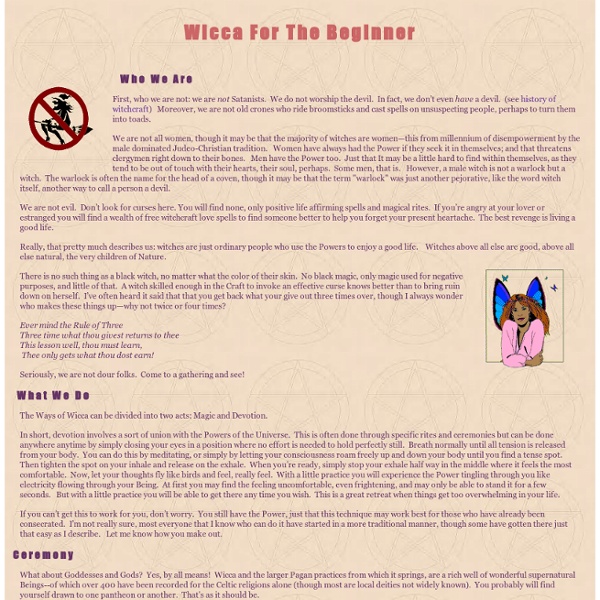Freemasonry
Freemasonry is a fraternal organisation that traces its origins to the local fraternities of stonemasons, which from the end of the fourteenth century regulated the qualifications of masons and their interaction with authorities and clients. The degrees of freemasonry, its gradal system, retain the three grades of medieval craft guilds, those of Apprentice, journeyman or fellow (now called Fellowcraft), and Master Mason. These are the degrees offered by craft, or blue lodge Freemasonry. There are additional degrees, which vary with locality and jurisdiction, and are now administered by different bodies than the craft degrees. The basic, local organisational unit of Freemasonry is the lodge. The lodges are usually supervised and governed at the regional level (usually coterminous with either a state, province, or national border) by a Grand Lodge or Grand Orient. Masonic Lodge Palazzo Roffia, Lodge in Italy set out for French (Moderns) ritual Ritual and symbolism Organisations of lodges
Welcome to The Church and School of Wicca's Homepage!
witch
By Doreen Valiente Hear now the words of the witches, The secrets we hid in the night, When dark was our destiny’s pathway, That now we bring forth into the light. Mysterious water and fire, The earth and the wide-ranging air. By hidden quintessence we know them, And will and keep silent and dare. The birth and rebirth of all nature, The passing of winter and spring, We share with the life universal, Rejoice in the magickal ring. Four times in the year the Great Sabbat Returns, And the witches are seen, At Lammas and Candlemass dancing, On May Even and old Hallowe’en. When day-time and night-time are equal, When sun is at greatest and least, The four Lesser Sabbats are summoned, Again witches gather in feast. Thirteen silver moons in a year are, Thirteen is the coven’s array, Thirteen times at esbat make merry, For each golden year and a day. The power was passed down the ages, Each time between woman and man, Each century unto the other, Ere time and the ages began. The Witches' Rune
Witchcraft, Wiccan and Pagan Index | Celtic Connection
What are the different types of pagan
Paganism is an umbrella term that is used to describe people who do not follow Christianity or Islam. It can include Wiccans, Buddhists, Druids, and Eclectic Witches in its description - to name but a small few. The basic principles of Paganism are as follows: Pagans revere the Earth. Pagans are typically deeply concerned about the environment. Most Pagans engage in celebrations of the changing seasons, and see time in cyclical rather than linear terms. Pagans tend to be fiercely individual, but tolerant of the belief systems of others. The Divine has made Itself manifest through many Deities in different places and at different times. Pagans believe in balance between the Masculine and Feminine energies of the universe. Many pagans believe in Karma, and the Law of Return. It is no more true that all Pagans are Wiccans than it is true that all Christians are Methodists.
What is Wicca?
What is Wicca? Wicca. Witchcraft. The Path. The philosophy of the religion (acknowledged as such by the U.S. As Starhawk said in "Spiral Dance ": Our practice arises from a deep, spiritual commitment to the earth, to healing and to linking of magick to political action. Each one of us embodies the divine. Honoring both Goddess and God, we work with female and male images of divinity, always remembering that their essence is a mystery that goes beyond form. In honoring the Goddess and God, we acknowledge the duality that exists in all facets of life. Wicca is an Earth religion -- an accepting, open-minded faith that celebrates diversity and considers us all to be children of the same mother. Next Page Glossary For further reading Get a Rune or Tarot reading, dream interpretation or astrological report
Wiccan traditions
Which Witch Are You? There are several different traditions of Wicca. Here are some of the more well-known traditions. You could practice one, none or mix and match as you see fit. If you are not immediately drawn to one, research a couple until you find the one that fits. If you are a practitioner of a tradition not on this list, e-mail Apythia the information, and we will be happy to add it. Alexandrian Tradition: Founded in England during the 1960's, Alex Sanders referred to himself as the "King" of his Witches. Amythystian : Founded in 1968 by Lady Amethyst. Aquarian Tabernacle Church : An American Tradition of Wicca based on English Traditional Wicca, and focused on service to the larger Wiccan and Pagan community through open worship gatherings. Black Forrest Clan: This is Silver RavenWolf's group and is considered Euro-Wiccan, drawing from Silver's German heritage and Pow-Wow and training she received from her Old Guard Wiccan magickal teachers. Next Page
FREEMASON SYMBOLS - The Meanings of Freemasonry's Masonic Symbols.
Freemason Symbols Represent the Heart of Freemasonry Freemason Symbols And Their Masonic Symbolism Acacia Anchor and the Ark Ark of the Covenant Master Mason Apron,...of Unspotted White Lambskin Rough and Perfect Ashlar Masonic Altar Masonic Blazing Star Cable Tow Masonic Wages,...Corn, Wine and Oil 47th Problem of Euclid Masonic Lamb Letter G Masonic Eye Masonic Gavel Mosaic Pavement Masonic Sheaf of Corn Square and Compasses Masonic Shoe Trestleboard Freemason symbols provide a visual means of attaining the beginnings of Masonic Education. These Masonic images are used to teach morals and lessons...much as we use "visuals", like PowerPoint for presentations and YouTube for short video tutorials or an i-Pad to read a book. Each of these import meaning to an embodiment of picture images and data within a specific school of thought. The statement "A picture is worth a thousand words." as the best way to learn, is just as true, today, as it was 5,000 years ago. Masonic Lodge Symbols Education Freemason Symbols 1.



